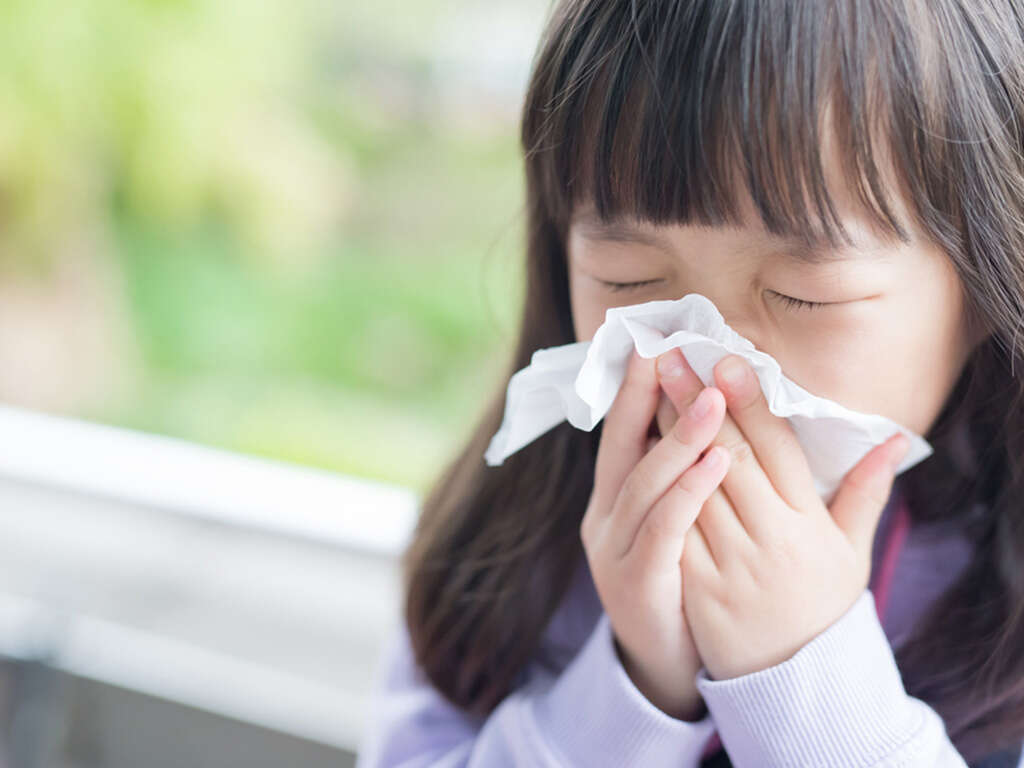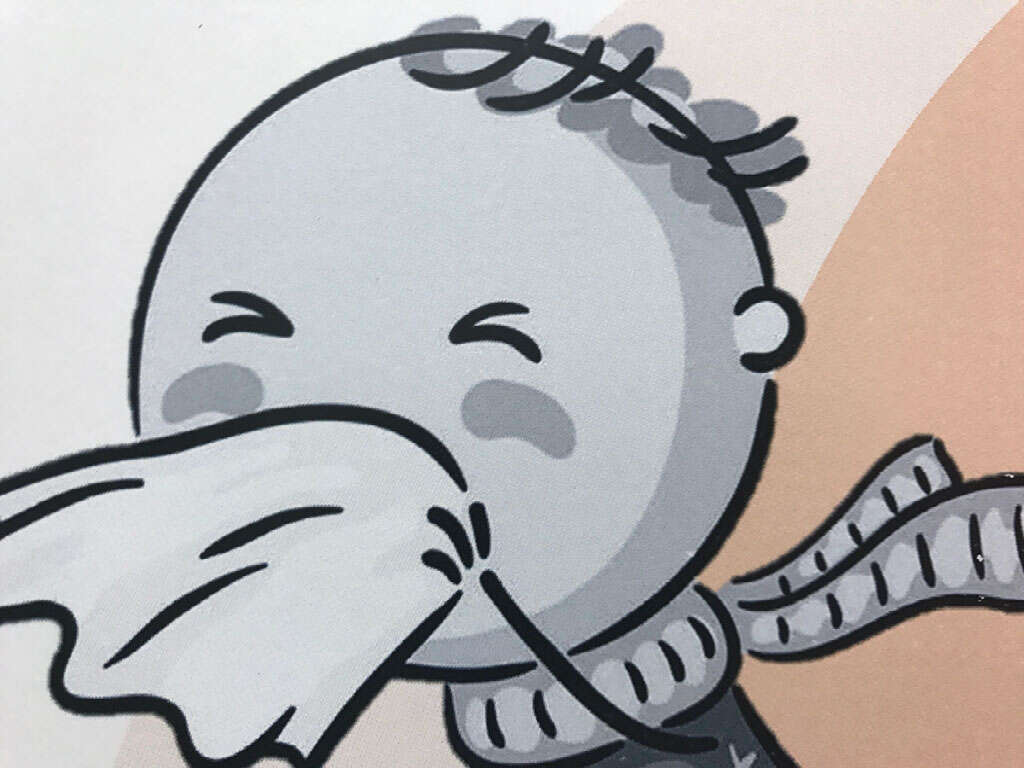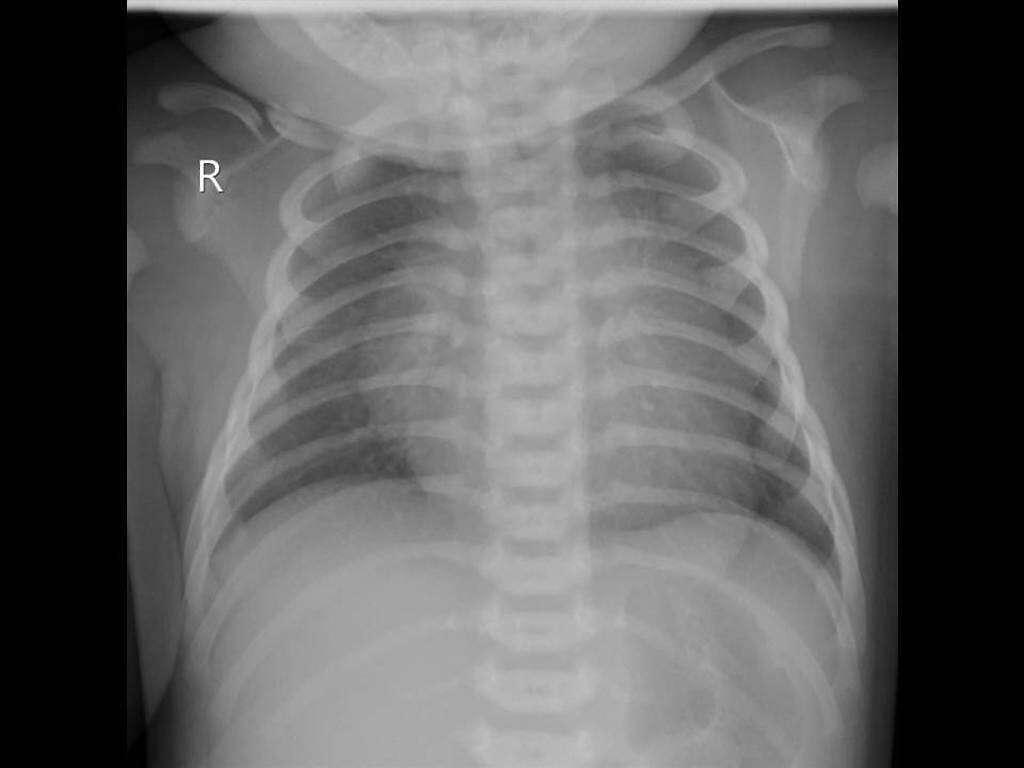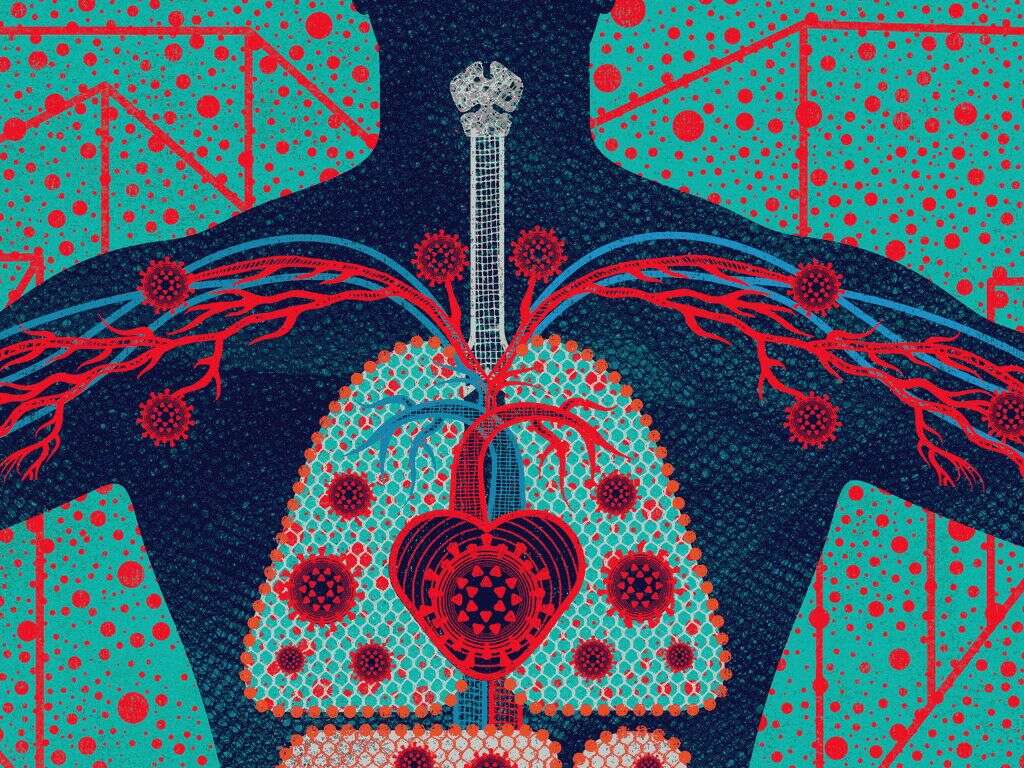10 Whooping Cough Symptoms
Whooping cough is characterized by intense fits of coughing punctuated by “whooping” sounds that patients make in between coughs. The coughing fits can last for minutes at a time. If the coughing fits are left untreated, they can lead to suffocation and other problems.
Whooping cough is much more than your everyday cough. In fact, it can be fatal. The condition most often affects young children and babies, and it can be particularly dangerous to them. Since their immune systems are not fully developed, younger children are much more likely to develop serious complications from the illness.
Whooping cough can be difficult to diagnose and treat, and it hasn’t been eliminated despite improvements in modern medicine 1https://www.ncbi.nlm.nih.gov/pmc/articles/PMC548414/. Below are some of the most common symptoms of the condition. If you think you or your children have whooping cough, you should seek medical help.

Symptom #1: Whooping
Whooping is the sound that an individual makes when inhaling in between coughs. It is the first thing that indicates someone has whooping cough instead of just a regular cough. The whooping sound occurs because the lungs are so exhausted from the coughing fits that they’re unable to breathe normally.
The vocal cords and bronchial airways are also overtaxed and exhausted. The whooping itself sounds like a mixture of squeaky wheezing and deep breathing.

Symptom #2: Runny Nose
A runny nose is a fairly common symptom for a variety of conditions, including different types of coughs and the common cold, so you shouldn’t diagnose yourself with whooping cough just because you have a runny nose. That said, the beginning stages of whooping cough are, in fact, quite similar to those of a regular cold. This can lead to serious problems because many doctors don’t diagnose whooping cough until it’s too late.
If you are experiencing a runny nose that persists for more than a few days and your coughing increases in intensity, you might want to see the doctor since these symptoms could indicate that you have whooping cough.

Symptom #3: Sneezing
Sneezing is another symptom that commonly occurs in regular colds and most other conditions also associated with a runny nose. Unfortunately, in the case of whooping cough, sneezing is more dangerous because whooping cough is infectious.
Adults are generally courteous enough to cover their faces when sneezing, but children may be more likely to spread the illness by sneezing without covering their faces. This is a serious concern because whooping cough affects children more often than adults.

Symptom #4: Mild Fever
A fever is an immune response that indicates that the body is trying to eliminate a virus or pathogen. But again, a fever is not enough reason to diagnose someone with whooping cough. Even when combined with the previous symptoms—runny nose and sneezing—it’s still easy to brush off early whooping cough as a common cold.
This makes it hard to diagnose. However, a fever is an indication that the condition is worsening. If you experience a fever after coughing and sneezing for several days, you should definitely go to the doctor.

Symptom #5: Turning Red
For patients suffering from Whooping Cough, episodic coughing can get pretty serious and the stress from these episodes can cause their faces to turn red.
This is due to the increase in blood volume in the face when coughing, produced by increased abdominal pressure. If the disease is severe enough, patients may turn bluish as a sign of low oxygen in the blood.

Symptom #6: Vomiting
Vomiting is certainly an indication that you’re suffering from something more serious than a common cold. People with whooping cough can vomit simply from the intensity of their coughing.
When someone coughs too hard, it can trigger the gag reflex, which leads to vomiting. This results from the constant gasping, wheezing, and exhaling that’s characteristic of whooping cough.

Symptom #7: Exhaustion and Fatigue
People suffering from whooping cough are prone to experience serious bouts of fatigue and exhaustion. It’s normal to feel a bit tired when you have a cold or the flu, but an increased degree of fatigue is indicative that you might be developing whooping cough instead of a persistent cold.
The body is dedicating a serious amount of energy to warding off the illness. As the infection spreads, it taxes your cells and organs, and your immune system is working simultaneously to fight against it. This can be extremely debilitating and lead to serious fatigue and exhaustion.

Symptom #8: Conjunctival Hemorrhage
The intense coughing seen in patients with Whooping Cough may cause the white part of their eyes to turn red.
This is not something to be alarmed, it is usually due to the persistent coughing, causing the tinny vessels in your eyes to swell and sometimes even bleed.

Symptom #9: Chronic Cough
After the acute phases of this disease, most of the symptoms will go away, but the coughing can last for a few weeks.
It is not as severe as it was in the early stage of the disease but it is something to take into consideration.

Symptom #10: Tearing
It is usual for patients suffering from this condition to have watery eyes as well.
It is caused by the episodic coughing and it is nothing to be worried about. If you are suffering from this and/or other symptoms related to Whooping Cough, you should seek medical attention for proper diagnosis.











